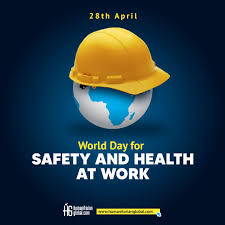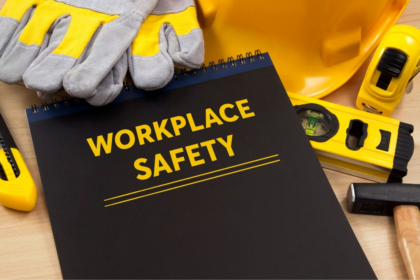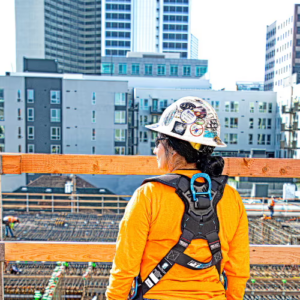Navigating the New Normal: How COVID-19 Reshapes Occupational Health and Safety Standards
Introduction:
Navigating the New Normal: How COVID-19 Reshapes Occupational Health and Safety Standards. As the world cautiously emerges from the grips of the COVID-19 pandemic, workplaces are grappling with a new reality. The global health crisis has fundamentally altered the landscape of occupational health and safety, prompting organizations to reassess and revamp their practices to ensure the well-being of employees. From heightened hygiene protocols to the widespread adoption of remote work, the post-pandemic world presents both challenges and opportunities for occupational health professionals and employers alike.
Analysis:
The COVID-19 pandemic has served as a catalyst for significant changes in workplace health and safety standards. Perhaps the most visible transformation has been the implementation of rigorous hygiene protocols aimed at preventing the spread of the virus. Hand sanitizing stations, frequent disinfection of surfaces, and mandatory mask-wearing have become commonplace in many workplaces, signaling a newfound emphasis on cleanliness and infection control.
Moreover, the pandemic has accelerated the adoption of remote work practices on an unprecedented scale. With millions of employees forced to work from home during lockdowns, organizations were compelled to adapt quickly to remote work arrangements. While initially viewed as a temporary measure, many companies have since embraced remote work as a long-term solution, recognizing its potential to enhance flexibility, productivity, and work-life balance.
However, the shift to remote work has also raised concerns about the physical and mental well-being of employees. Prolonged periods of sedentary behavior, isolation, and blurred boundaries between work and personal life can take a toll on individuals’ health and morale. As such, employers are increasingly focusing on strategies to support remote workers, including providing ergonomic equipment, promoting regular breaks, and fostering virtual social connections.
Furthermore, the pandemic has underscored the importance of proactive health monitoring in the workplace. Employers are implementing measures such as temperature screenings, symptom surveys, and COVID-19 testing to identify and mitigate health risks among employees. Additionally, the rise of wearable health technology, such as fitness trackers and smartwatches, has enabled real-time monitoring of vital signs and early detection of potential health issues.
Conclusion:
The COVID-19 pandemic has reshaped occupational health and safety standards in profound ways, prompting organizations to adapt to a new normal. From enhanced hygiene protocols to the widespread adoption of remote work, the post-pandemic workplace looks markedly different from its pre-pandemic counterpart. While these changes present challenges, they also offer opportunities for innovation and improvement in how we prioritize and safeguard employee health and well-being. As we navigate this evolving landscape, collaboration between employers, employees, and occupational health professionals will be crucial in ensuring a safe and healthy work environment for all.














